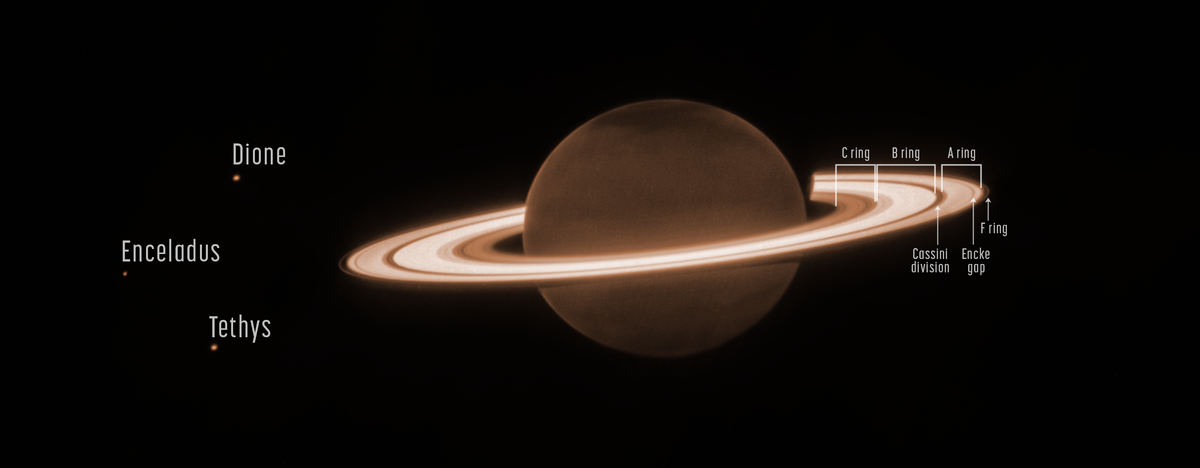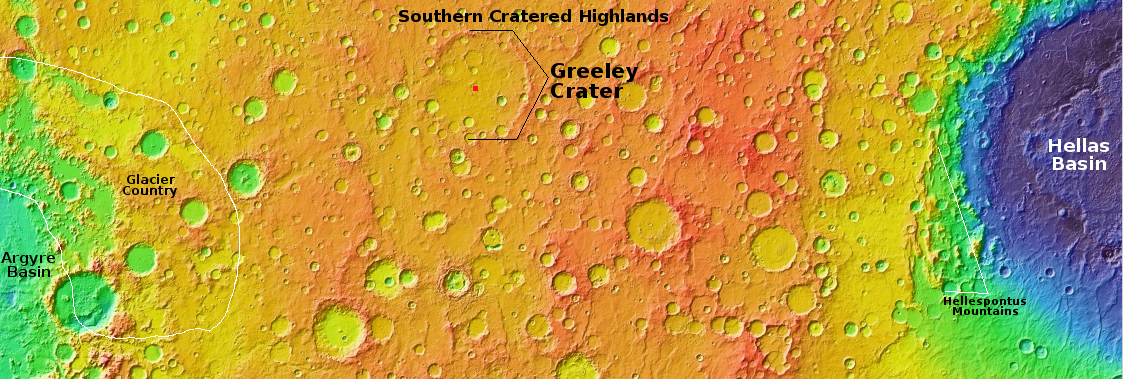Link here. The article is quite typical of the mainstream press, blindly in love with government-run bureaucracies. It outlines in excellent detail all the real advantages that a thriving space industry could bring to Africa, some of which are already being realized by some of the continent’s more prosperous nations. It then assumes without any justification that a large bureaucratic space agency funded by many African nations will make that possible.
In 2019, the African Union (AU) announced its space strategy. Last January the African Space Agency (AfSA) was launched, a flagship to coordinate efforts and generate synergies. It already has a physical headquarters in Cairo, but for the moment most of its rooms stand empty.
Tidiane Ouattara, an expert in space sciences at the AU, expects its 156 permanent posts to be filled next year. Outtara highlights the importance of progressing “step by step” toward the consolidation of an agency with highly qualified personnel. A solid institution capable of “defending Africa’s interests” in the international arena and of negotiating with other countries who, when exploring space, “set the rules that were best suited to them,” he says. Ouattara understands that this was the case simply because “they were first,” although he adds: “The world must understand that now Africa is also on board” and has a lot to say on controversial issues such as space debris and space traffic.
While it is certainly true that this agency, once fully staffed, could advocate for Africa’s interests on the world stage, don’t expect that from it. Instead, it is simply a place where African leaders — many of whom are very corrupt — can return favors to friends by giving them a cushy job.
For most African nations, a space program makes no sense. At best each nation should establish laws that would give its private industries as much freedom and latitude to enter this market.
As for the African Space Agency, if it really wished to promote an African space industry, it should convince a consortium of African nations to team up to finance a variety of smallsat weather, Earth resource, and surveillance satellites that nations routinely need. It should then use that money to do what the UAE has done, hire experienced universities in the west to build those satellites, under the proviso that those universities also train African engineering students and companies at the same time. These students and companies can then go back to their countries and eventually do the work themselves.
















